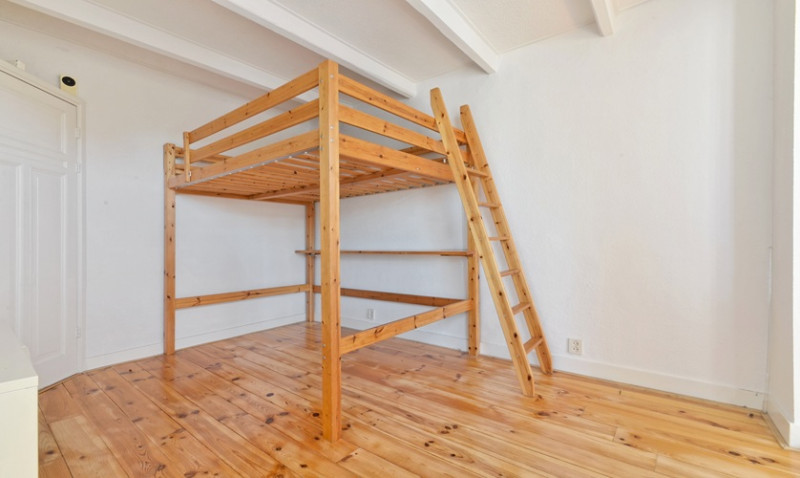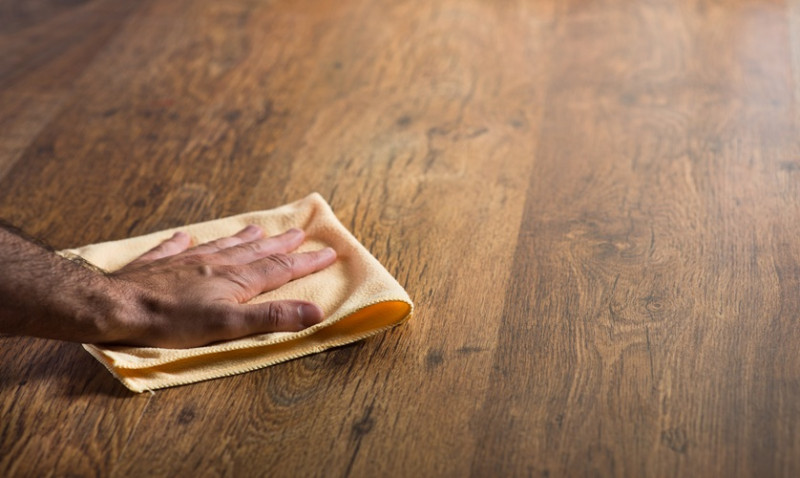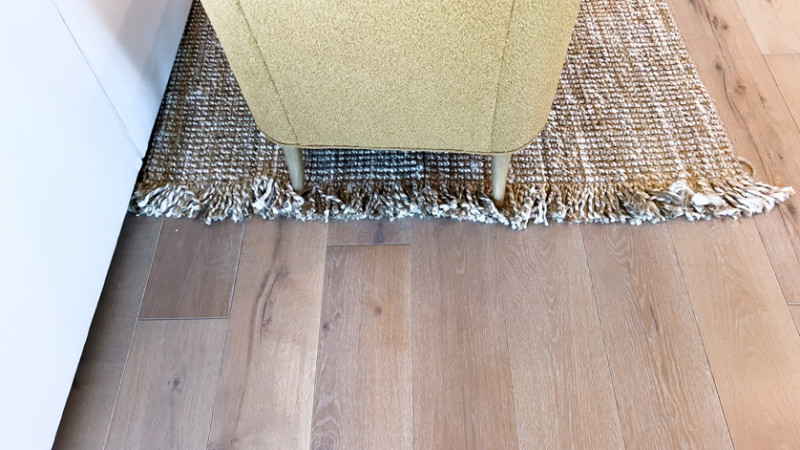
When it comes to delivering the perfect finish to your wooden floors, furniture, or bespoke interior projects, the decision between hard wax oils and polyurethane can be a daunting one. Especially when you’re knee-deep in a home makeover, or specifying materials for a client’s high-end residential project. In this head-to-head review, we put two of the UK’s favourite hard wax oils—Rubio Monocoat and Osmo Polyx-Oil—to the test and contrast them with a traditional polyurethane finish. The results? Eye-opening, to say the least.
Whether you're a DIY enthusiast restoring a Victorian floorboard or a trade professional fitting out a contemporary flat in Chelsea, understanding the pros and cons of each finish will not only affect the look and feel of your project but also its longevity and maintenance. So buckle in, because we’re diving deep into what really makes these products shine—or in some cases, not so much.
What is a Hard Wax Oil?
Hard wax oil is a blend of natural oils and waxes that penetrates the surface of the wood, nourishing it from within while leaving a protective layer on top. Unlike polyurethane, which forms a plastic film over the wood, hard wax oils allow the timber to breathe, fostering a more organic finish that enhances the character of the grain.
There are many benefits to this approach. First, it’s much easier to spot-repair. Got a scratch? Sand it back, reapply, and blend it in. No need to strip the entire surface. Secondly, it lends a warmer, more tactile finish, ideal for interior schemes where natural textures play a key role—think Japandi aesthetics or rustic modern style.
Rubio Monocoat and Osmo are two of the most renowned names in the world of hard wax oils. While they may seem similar initially, they perform quite differently under pressure—literally and figuratively. But more on that in a bit.
Polyurethane: The Tried-and-True Workhorse
Polyurethane is a synthetic varnish that creates a hard, protective coating over the surface of the wood. It’s highly durable and water-resistant, making it a common choice for high-traffic areas like hallways, kitchens, and commercial spaces.
There are two primary types of polyurethane: water-based and oil-based. Water-based poly is quicker to dry, has a less yellowing effect over time, and produces fewer fumes. Oil-based versions, however, offer a deeper sheen and slightly higher durability, but with longer drying times and higher VOCs (Volatile Organic Compounds).
While polyurethane finishes are traditionally thought of as ‘bulletproof’, they can be quite difficult to repair. Any damage to the surface usually means sanding and refinishing the entire area—an expensive and time-consuming task many homeowners dread. That said, its ability to handle heavy loads and resist staining makes it very appealing for specific contexts.
Rubio Monocoat: The One-Coat Wonder?
As the name implies, Rubio Monocoat is designed to be applied in a single coat. This is possible due to its advanced molecular bonding technology that allows it to attach to the cellulose fibres in the wood. It’s a real time-saver and a favourite among contractors and interior designers alike who are working to tight deadlines.
Rubio also boasts zero VOCs and a broad range of customisable colours, making it ideal for clients who are environmentally conscious or looking for something very bespoke. It doesn't just coat the surface—it becomes part of the wood, creating a rich and natural aesthetic that elevates any space.
However, Rubio isn’t entirely without its challenges. Application technique is critical. A rushed or uneven application can result in patchy areas or under-protection. It's also quite sensitive to prep—clean surfaces with Rubio's cleaner specifically for best bonding.
Osmo Polyx-Oil: Classic German Engineering
Osmo Polyx-Oil is one of the most trusted brands in the UK and Europe. It’s a hard wax oil that offers a more traditional application method—usually requiring two thin coats. It penetrates the wood, then builds a protective layer on top. Osmo is known for its durability and warm undertones, which work brilliantly in character homes or rustic interiors.
One of Osmo’s biggest selling points is its ease of maintenance. Minor scuffs or wear in high-traffic areas like stair treads or children’s play zones can be touched up without the need for stripping back large sections. It’s also highly water- and dirt-resistant once cured fully, making it a practical option for busy family homes.
On the downside, drying times can be long. Depending on the humidity and temperature, each coat can take 8–12 hours or even longer. Osmo also needs full curing time before it reaches peak hardness—sometimes up to 10 days. Not ideal if you’re on a tight timeline.
Head-to-Head Comparison
| Feature | Rubio Monocoat | Osmo Polyx-Oil | Traditional Polyurethane |
|---|---|---|---|
| Application | One coat | Two coats recommended | 2-3 coats required |
| Drying Time | 6–8 hours | 8–12 hours per coat | 4–6 hours (water-based), 12–24 (oil-based) |
| Durability | High (with proper care) | Very high (resistant to liquids and wear) | Extremely high (especially oil-based) |
| Repairability | Easy spot repair | Easy touch-ups | Difficult — full recoat often needed |
| Finish Look | Matte, natural | Satin to matte options | Gloss, semi-gloss, satin |
| VOC Levels | Zero VOC | Low VOC | Varies (higher in oil-based) |
| Best Use Scenario | Bespoke joinery, designer interiors | Floors, kitchens, family homes | Commercial zones, heavy-use surfaces |
Real-World Test Results
We applied all three finishes to identical samples of European oak, allowing for equal drying time and consistent prep. We then subjected them to a series of tests including water resistance, scratch resistance, and aesthetic comparison under different lighting environments.
Rubio Monocoat scored top marks for appearance, creating a velvet-like finish that made the grain glow. However, it was the most sensitive to liquid spills, especially in the first few days post-application. Osmo Polyx-Oil struck the best balance between beauty and resilience, handling water, wine, and scratches with ease. It offered that ‘lived-in luxury’ look that's spot-on for period homes or stylish modern flats.
Polyurethane lived up to its industrial reputation—almost impervious to abuse but lacking the warmth and richness that serious home design enthusiasts crave. Great for leased flats or commercial spaces, perhaps less so for a curated interior.
Which One Should You Choose?
The right finish entirely depends on your project goals, lifestyle, and design vision. If you’re after speed, sustainability, and an authentically natural look, Rubio Monocoat is a top contender. Just ensure your prep is meticulous and allow it the time to properly cure.
If durability and classic styling matter most and you’ve got time to allow it to harden off, Osmo Polyx-Oil is a stellar choice—ideal for family homes that see plenty of hustle and bustle without sacrificing beauty.
For industrial-grade protection—say, shop floors, commercial entries, or rental property refurbishments—polyurethane still has its place. But be prepared for tricky repairs down the line and a somewhat synthetic feel underfoot.
Final Thoughts
Your finish isn’t just a top coat—it's the final word in your project's story. It can make or break the overall look, feel, and function of your wooden surfaces. With hard wax oils from Rubio Monocoat and Osmo increasingly becoming the go-to for craftspeople, designers and stylish UK homeowners alike, it's clear that flexible, natural finishes are having their moment.
Still confused? Drop by our London studio or give us a ring. Our finish experts are happy to walk you through real samples, provide test kits, and ensure you make the right decision for your specific project.
Because with great wood comes great responsibility — and even better finish options.






